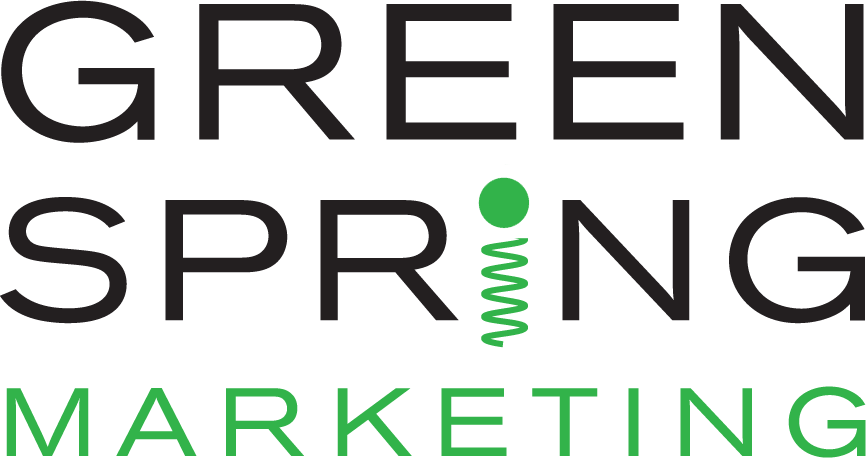Website design consists of the layout and presentation of your company’s content that visitors encounter when they navigate to your business presence on the internet. A superlative design is attractive and easy to use. Its appeal encourages awareness, remembrance, and dissemination of your brand. The goal of your website design should be to reflect the values of your target consumers, so that they feel that spending time there will aid in the fulfillment of their needs and desires. Here are some common mistakes to avoid when executing the design of your business website.
Lack of Balance
A website typically features images, text, and possibly other content such as graphics, charts, and videos. It is imperative that these factors are properly balanced to produce a pleasing effect. If one facet is too prominent to the determent of the others, the entire aesthetic can suffer, and the imbalance can deter visitors from lingering and absorbing your message. Emphasize quality over quantity, and keep the interface clear and clean. For instance, your company logo should be plainly visible and succinctly represent your brand, but it should not be so blatant that it detracts from the overall impact of your presentation.
Content That Looks Like Advertising
People who browse websites are mentally attuned to block out any content that has the appearance of advertising. For this reason, avoid or minimize effects such as banners, pop-ups, and animated graphics. Instead, use the hierarchy of your web design to organically guide the attention of your visitors to the important message you want to convey. You achieve this through careful arrangement of graphics, fonts, colors, and spacing.
Cluttered Text
Although you may have an important and comprehensive message to impart, when paragraphs are too long, visitors become discouraged by the formidable blocks of text and don’t bother to read them. Break down large passages into shorter paragraphs with a maximum of three or four sentences each so that readers find them more easily digestible. Use bold headers to announce the content of every paragraph. Keep vocabulary straightforward, and use simple fonts that are large enough to be easily readable.
Confusing Links
Make it easy for visitors to navigate from one page to another on your website by making links clearly visible. Additionally, take the extra step of having links change color after they have been accessed so that your visitors know where they have already been. If they get confused and keep returning to the same page over and over, they might get discouraged and leave.
